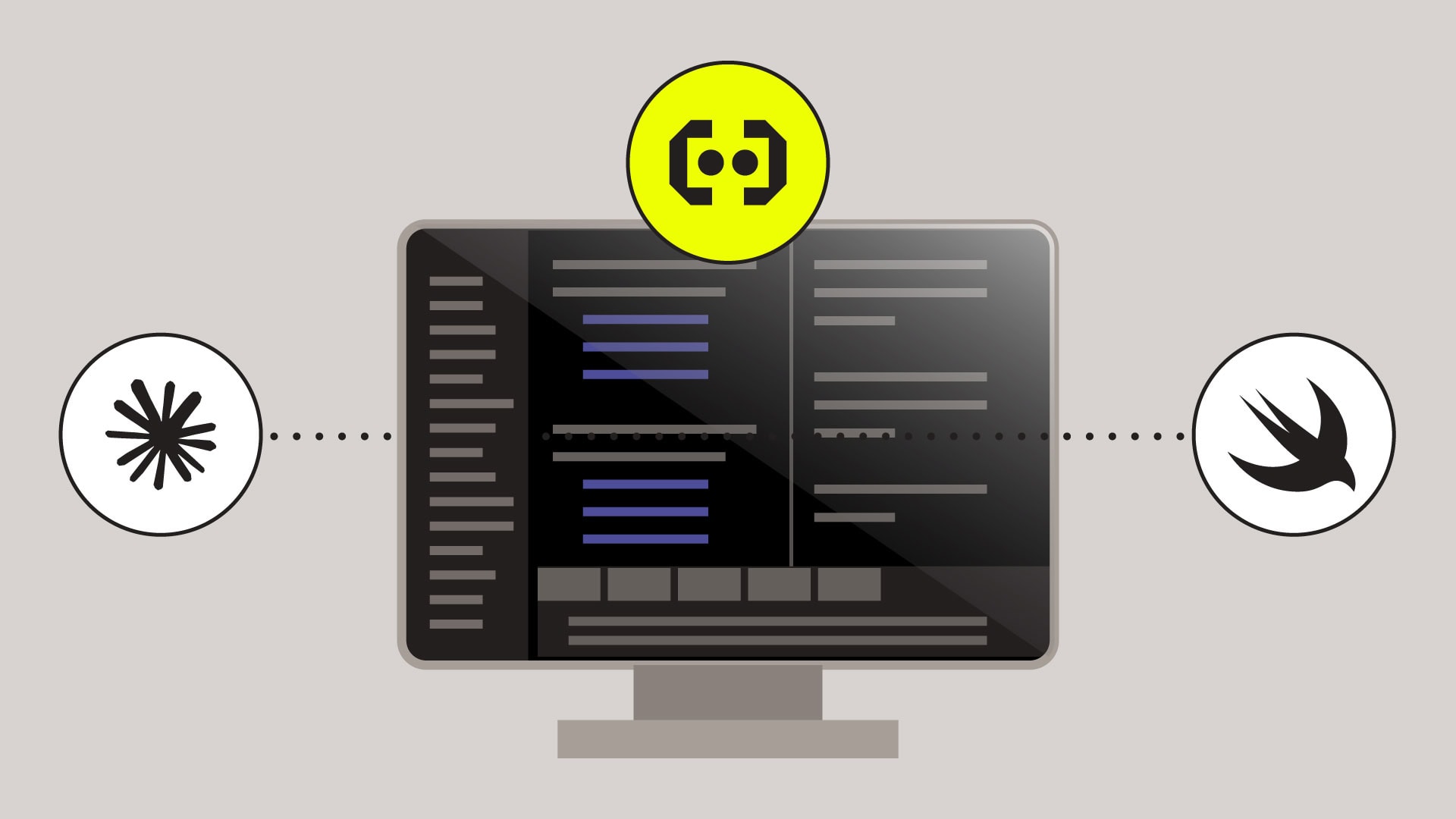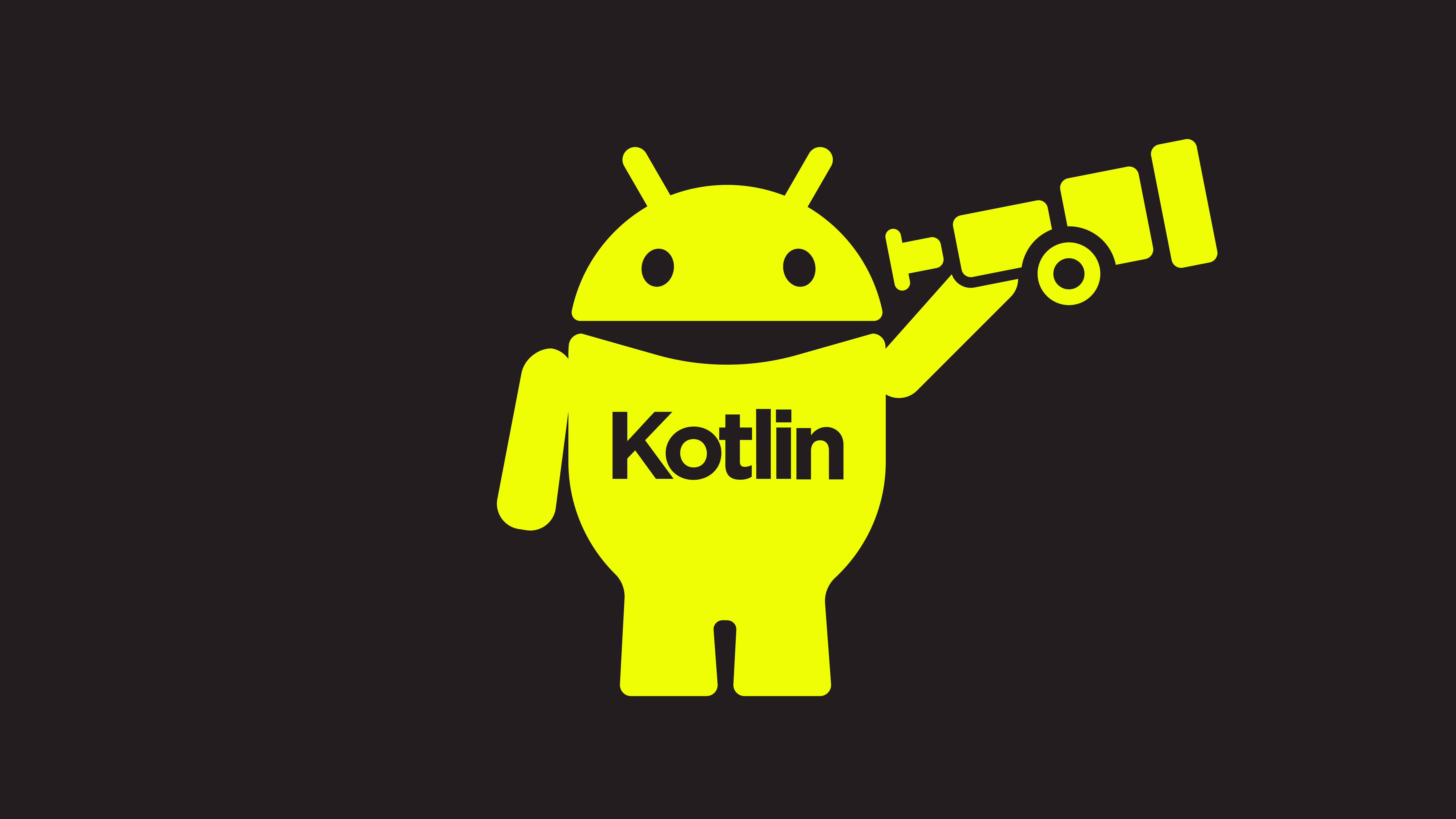
It takes a village to build an app.
In the case of our recent Mobile App Builders Report, that village includes everyone in the mobile engineering org: from individual contributors, to engineering managers, and all the way up to leadership.
With titles that range from individual developer, to VPs and CTOs, we surveyed more than a thousand mobile engineers to figure out what their biggest challenges, frustrations, and priorities are in 2024.
As a platform built by and for mobile engineers, we wanted to get the perspectives of two of our in-house experts on these survey results and see how they lined up with their own experiences.
Read our Q&A with Embrace Android Engineer Jamie Lynch and Embrace iOS Engineer Austin Emmons below, and download the 2024 Mobile App Builders Report here.



